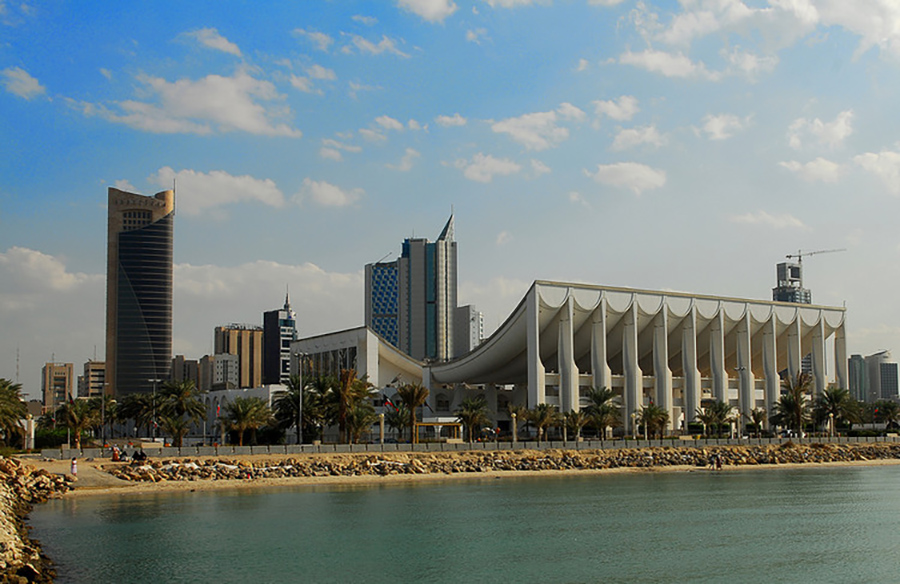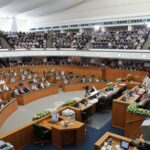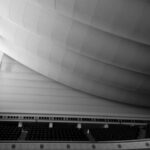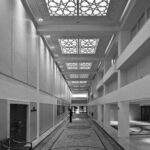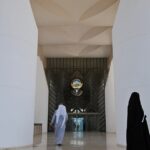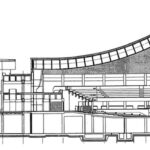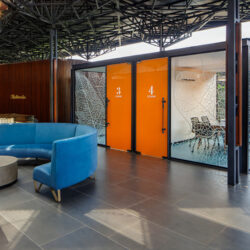The Kuwait National Assembly Building serves as a vivid embodiment of the nation’s political ethos. Designed by Danish architect Jørn Utzon in 1972, the structure encapsulates a complex interplay of accessibility and modernity, reflecting Kuwait’s dynamic political landscape.

Foreign Influence and Controversy
Utzon’s commissioning sparked controversy, reflecting broader debates surrounding the importation of architectural traditions. Overseen by an international jury, Utzon’s selection exemplified Kuwait’s embrace of foreign expertise. This decision underscored the building’s symbolic significance as a blend of global and local influences.
Innovative Design Elements
The building’s design features a public colonnade supporting a draped concrete roof, evoking the iconic tent structures of Arabian Bedouins. This architectural motif symbolizes both openness and forward-thinking, mirroring Kuwait’s aspirations towards progress and connectivity.
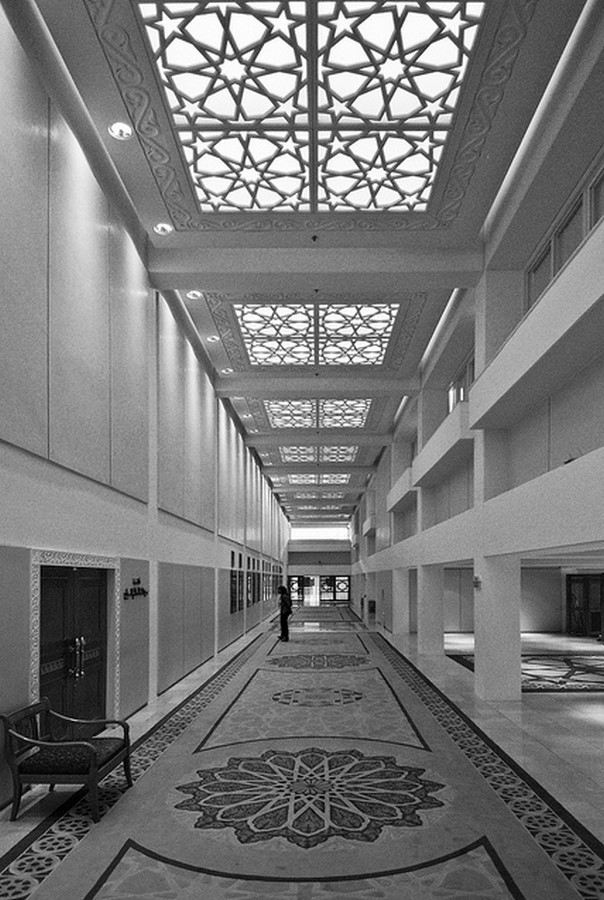
Material Innovation and Illusion
Utzon’s innovative use of concrete creates a visually striking roof that appears to billow like fabric in the wind. Despite its massive weight, the roof conveys a sense of weightlessness, enhancing the experiential quality of the space and challenging conventional perceptions of materiality.
Cultural References and Architectural Synthesis
While drawing inspiration from local Arabian and Persian bazaars, Utzon’s design occasionally veers into reductive imitation. Arab ornamentation is abstracted, blurring the line between authentic tradition and modern interpretation. However, the building’s regional aesthetics reflect Utzon’s attempt to reconcile conflicting design objectives.
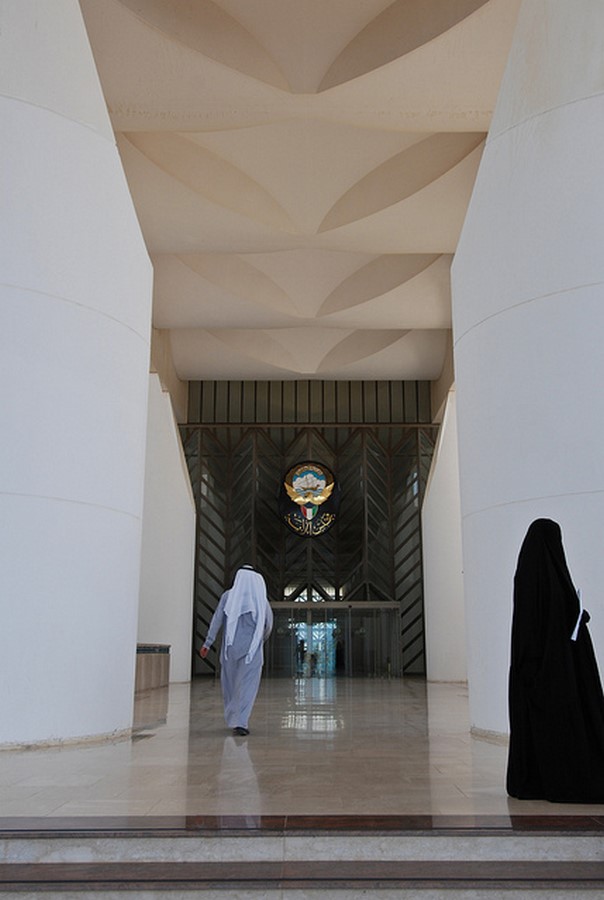
Critique and Interpretation
Critics have questioned the authenticity of Utzon’s vernacular references, suggesting a disconnect between form and function. Lawrence Vale highlights discrepancies between the building’s claimed inspirations and its architectural execution, underscoring the challenges of synthesizing diverse cultural influences.
Political Symbolism and Architectural Expression
The National Assembly Building embodies a multiplicity of narratives, reflecting Kuwait’s complex sociopolitical context. Its synthesis of domestic and foreign elements mirrors broader tensions within Kuwaiti society. Despite unresolved messages, the building epitomizes the successful integration of architectural and political meaning.
In conclusion, the Kuwait National Assembly Building stands as a testament to the intricate relationship between architecture and politics, offering a nuanced reflection of Kuwait’s evolving national identity and aspirations.


